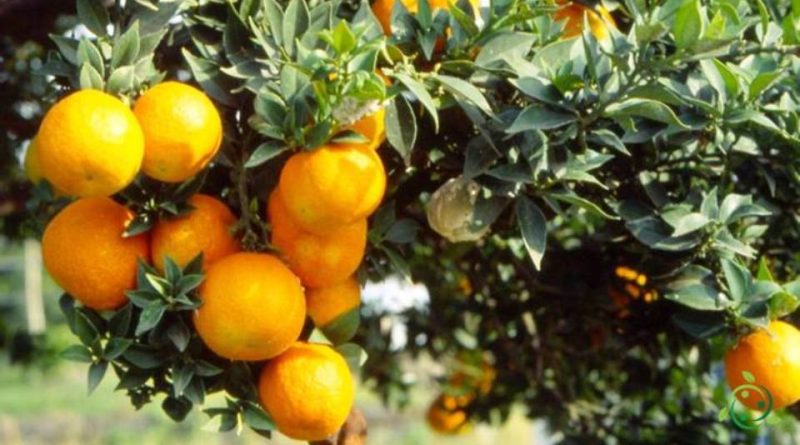When to prune the Chinotto
When to prune the Chinotto
Chinotto (Citrus myrtifolia Raf.) Is a citrus fruit whose origin is not exactly ascertained.
According to some authors it would be a mutation of the bitter orange that over time has developed into the species known today.
The word chinotto refers to China, a place from which it would have been imported towards the end of the 16th century or the beginning of the 17th century by a person from Livorno or Savona.
Other researchers believe that, instead, the plant would have originated in the Mediterranean Sea where it would have developed following a bud mutation of Citrus aurantium. In this case the name could only mean that it is a “Chinese type” fruit.
Pruning period –
The pruning operations carried out by the chinotto must be carried out every year after the fruit has been harvested. However, remember that its fruits can be harvested when the color changes from green to orange, usually in the period from mid-June but it can last until December. The optimal period of pruning is however that of late spring – summer, immediately after mid-June and, contrary to what one might think, it is not an easy activity, but it requires a lot of energy. It consists in cleaning the tree and takes place by cutting the old branches, making space even between the smallest ones, in order to ventilate the entire crown and promote prosperous growth. In this period, dry and diseased branches must also be eliminated. For details of the pruning technique, see the following sheet.
In Italy, Chinotto is grown exclusively in the Ligurian Riviera di Ponente, in Tuscany, Sicily and Calabria. In fact, currently, there is no news on any type of chinotto cultivation in Asian countries. Outside of Italy, its presence is limited to the French Riviera.
Cultivar –
Chinotto, due to its small cultivation extension, does not have many cultivars.
The best known cultivar is the Chinotto Piccolo, also cultivated for ornamental purposes. Other varieties are the Chinotto Grande, the Chinotto Crispifolia and the box-leaved Chinotto.
We also remind you that Chinotto di Savona is a Slow Food Presidium.
Finally, it is reported that, given the risk of extinction of the plant, since 2014 the Municipality of Quiliano has started an extensive planting operation at the San Pietro in Carpignano Park.

